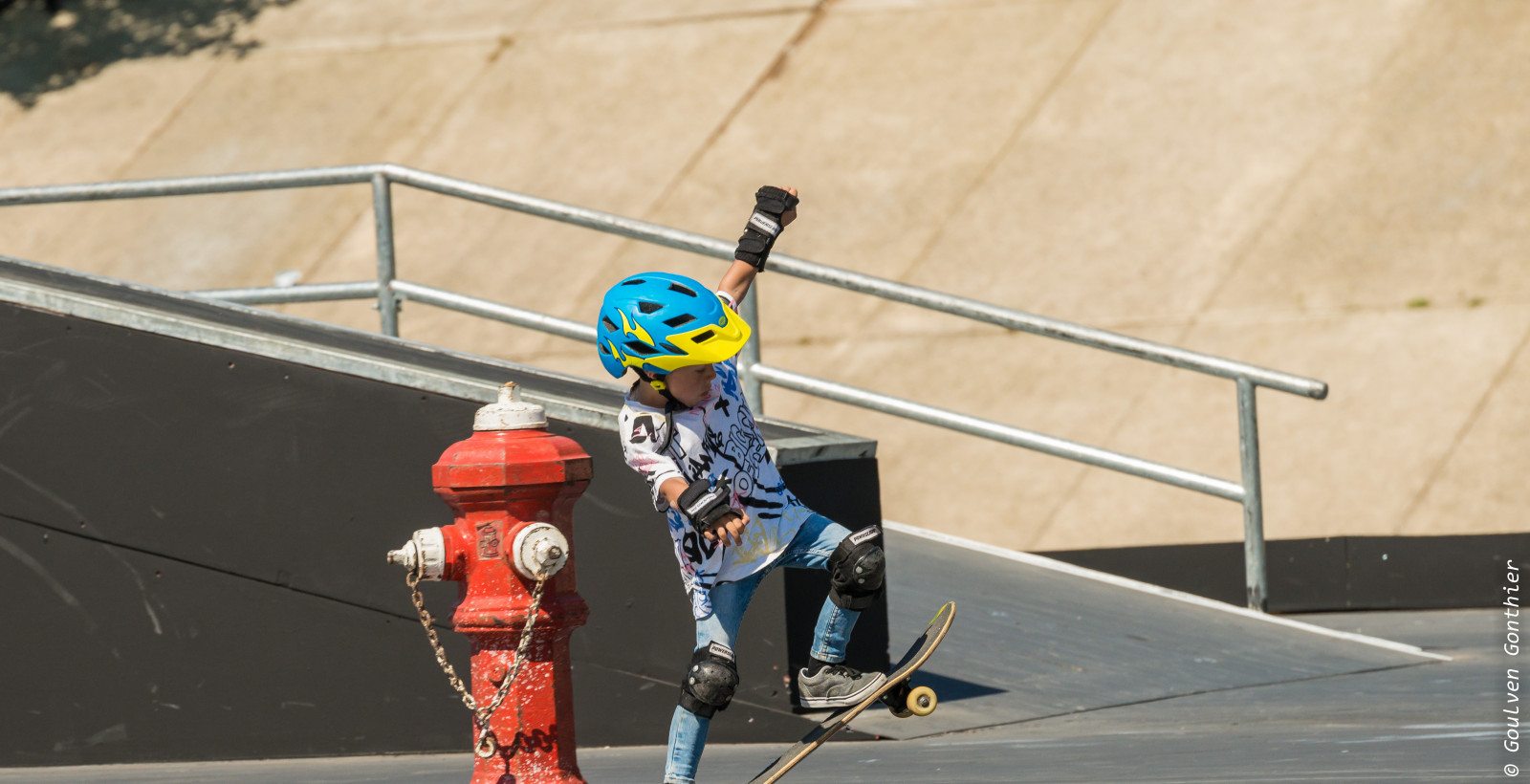Do you Know These Basic Skate Tricks?
28 Sep 2017
11:39
We know the skaters competing in the FISE World Series can do these tricks with their eyes closed.
But if you’re starting out on the board, read on to learn the history behind some of the most famous tricks in skateboarding and then follow these step-by-step instructions on how to nail them!
How to Ollie
We’ve all been there. You’ve just bought your first skateboard and you’re standing in the middle of the skate park, waiting to try your first trick. Which trick do you pick? An Ollie, of course.
The most fundamental trick in skateboarding, the Ollie revolutionised flatland boarding in 1982, when Rodney Mullen debuted the trick at the Rusty Harris contest in Whittier, California. Mullen had adapted the trick from Alan Gelfand's vertical version, originally performed in 1978 as never-been-seen before no-handed aerials in the bowls of Florida.
Here’s how to pop an Ollie:
1. Position your front foot near the middle of your board, about two inches from your bolts. Put your back foot on the tail.
2. Crouch. Bend your knees about 45 degrees, not your back, ready to spring.
3. Pop. Straighten out the back leg and pull the front leg up so you can pop that tail hard.
4. Rise with the board. Suck your legs up to get height.
5. Level out. Nearing the full height start pointing your front foot down.
6. Start coming back down.
7. Land on the board.
How to Fakie
If you don’t know how to fakie, you’re going to have some trouble on the ramps. It’s an easy trick for beginners that can be accomplished with simple footwork. A fakie is riding backwards with the tail facing in the direction of travel.
In skateboarding, people will add ‘to fakie’ at the end of the name if the rider does a revert or lands a slide in their switch stance if they went into the trick in their normal stance (e.g. frontside boardslide to fakie, backside tailslide to fakie).
Try a rock-to-fakie on a mini-ramp to begin with:
1. Get enough speed heading toward the ramp, and skate straight up it. You will want enough speed to get to the coping.
2. Position your front foot to be over your front trucks, or maybe even a little closer to the nose. You want your back foot across the tail of your board. Basically, you want your feet in the Ollie position we outlined above.
3. You want to ride directly up to the top of the ramp, and lean forward toward the nose of your board. Your goal is to get the front trucks over the edge. Aim to hit the coping with the middle of your deck and put your weight on our front foot so that you rock forward.
4. Now lean back again, shifting your weight to the tail. Pop the front trucks back over the edge, and with your weight on your back foot, let gravity do the rest.
How to Switch
Mastering tricks in your normal stance is hard enough, but practicing them in switch opens up a tonne of possibilities. Switch refers to riding in the opposite direction, in the opposite stance, and making it look normal. For example, a regular-footed skater riding goofy is riding switch, or a goofy-footed skater riding regular is riding switch.
Riding goofy is riding your board with your left foot at the back, not the front. For lots of riders, this is their normal stance – just check out a legend like Ryan Gallant – it makes no difference to how well you shred. But for most people, riding with their left foot forward is the most comfortable.
It will feel awkward at first, but no matter what your normal stance is, try skating switch, throw in some tricks, and you will quickly begin to see the benefits on the park.


